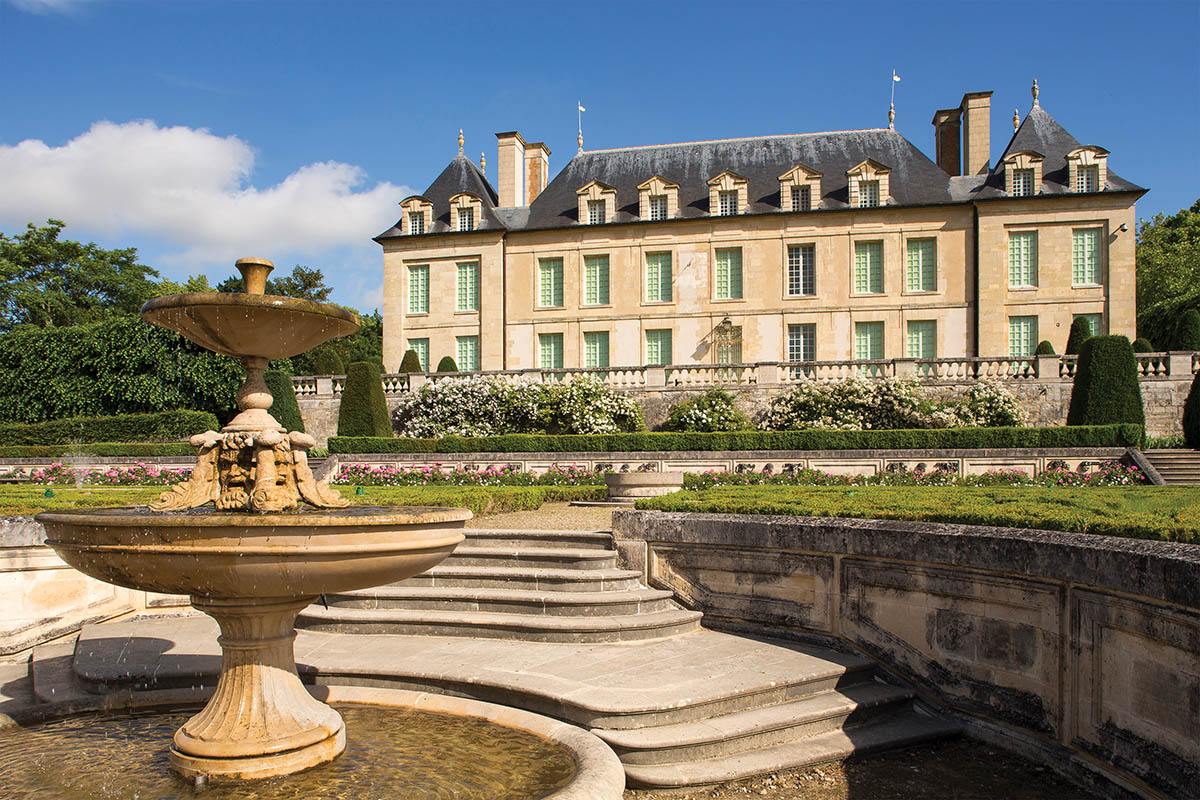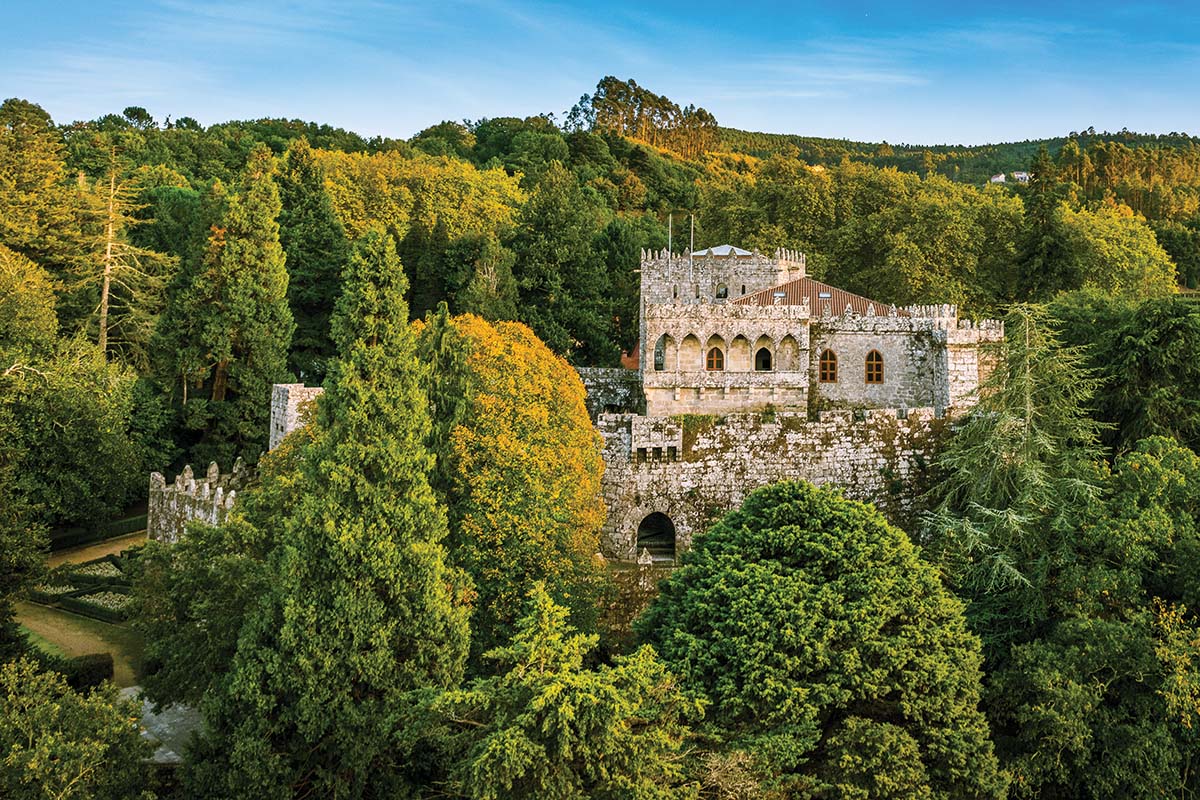A weekend in Strasbourg: A postcard city with a lot of bite
Text: Pierre Antoine Zahnd

Cathedral. Photo © Paul Prim
Although Strasbourg is the easternmost city in France, set on the shores of the Rhine across from Germany, it is a central place in all other aspects. In the Middle-Ages, this Alsatian city assumed a position as a hub of artistic and intellectual life, attracting figures such as John Calvin and Johannes Gutenberg, who first experimented with the printing press in Strasbourg. Today, it is the official seat of the European Parliament, and the converging point for ideas, cultures, and people from a multitude of nations. Both steeped in history and future-forward, Strasbourg is a city to discover and rediscover.
The question of whether it lies in France or Germany is one of the first preliminary queries about Strasbourg. Depending on who you ask it could be both, and it could be neither. From the battle of Strasbourg, pitting the Roman Empire against Germanic tribes in 357 BCE, until the Thirty Years’ War and the end of the Second Word War, Alsace was a hotly disputed territory between France and Germany. As a result, the region developed a distinct personality, amalgamating styles, folklore and customs from the two nations to reach its own individuality: German precision, French ‘joie de vivre’, and a home-grown, no-nonsense attitude cohabit in Strasbourg.
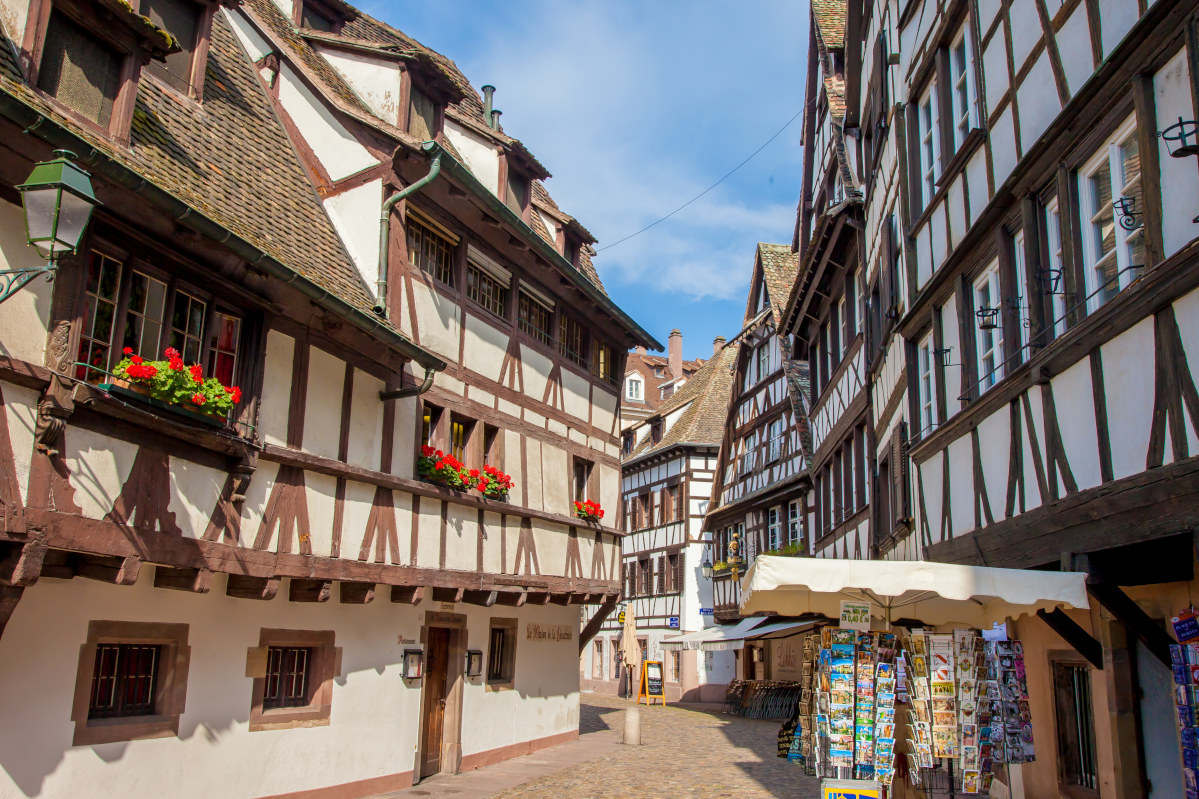
Grande Île. Photo © Philippe de Rexel
Saturday:
Indulge your senses
Walking out of the train station (with a utopic-looking glass dome that encapsulates it like a giant drop), the central avenue takes you straight over the Ill River and into the Grande île, the inner island at the historic heart of Strasbourg. Visitors can comfortably spend their first couple of hours exploring the mediaeval atmosphere of the centre, down cobbled streets and narrow pathways, crossing over to another side across picturesque bridges, taking in the typically Alsatian tiled roofs and half-timbered buildings.
Going further into the picturesque Kruteneau quarter, one visit is particularly worthwhile: the Historic Wine Cellar of Strasbourg Hospices. Established in 1393, this ancient vaulted cellar is the place where some of the region’s finest wines are still matured, and contains the world’s oldest drinkable wine, dating back to 1472 (it has only been served three times in the last five centuries, however, so it would have to be your lucky day). The cellar closes at 12.30pm on Saturdays, which is a good window to try an ‘apéritif’ before lunch.
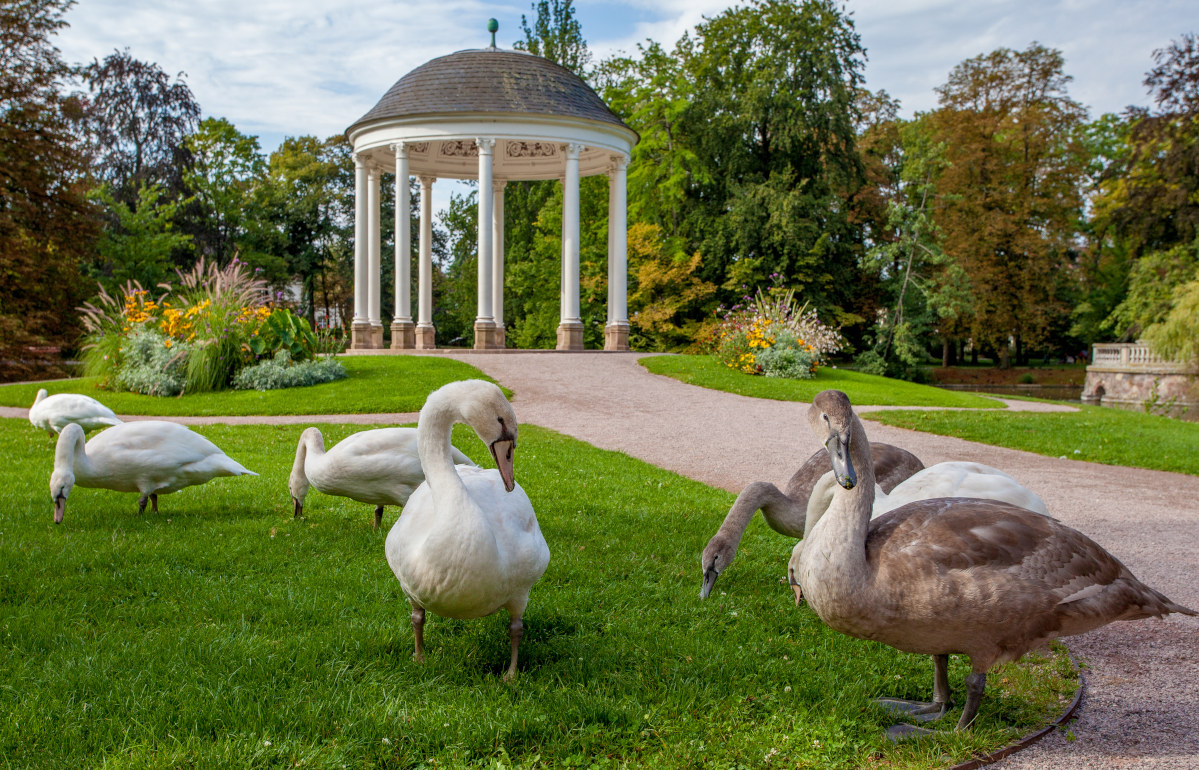
Parc de l’Orangerie. Photo © Philippe de Rexel
From there on, food options are multiple. Alsatian eateries will come aplenty, featuring the typical choucroute and Bäckeoffe, but the city has a knack for spicing up tradition with international approaches. To that end, the Restaurant Le Mandala offers a disconcerting and delicious fusion of Alsatian and Asian cuisines (and runs a ‘siesta bar’ on the upper floor for those in need of a digestive nap).
After lunch, a walk along the Quais des Bateliers will lead to the striking St Paul’s Church and the old University Buildings. From there, it is easy to take a tram to the Parc de l’Orangerie and the European institutions, some of which are open to visitors.
A Saturday night in Strasbourg is best spent among people and music. Start at the Kitch’n Bar or at Le Grincheux for a local brew and some traditional homemade chips, then head to Le Local for a taste of the city’s jazz talent. If you’re here to party, check out the Molodoï, an alternative venue with a varied programme of big band, hip-hop, and electronic music.
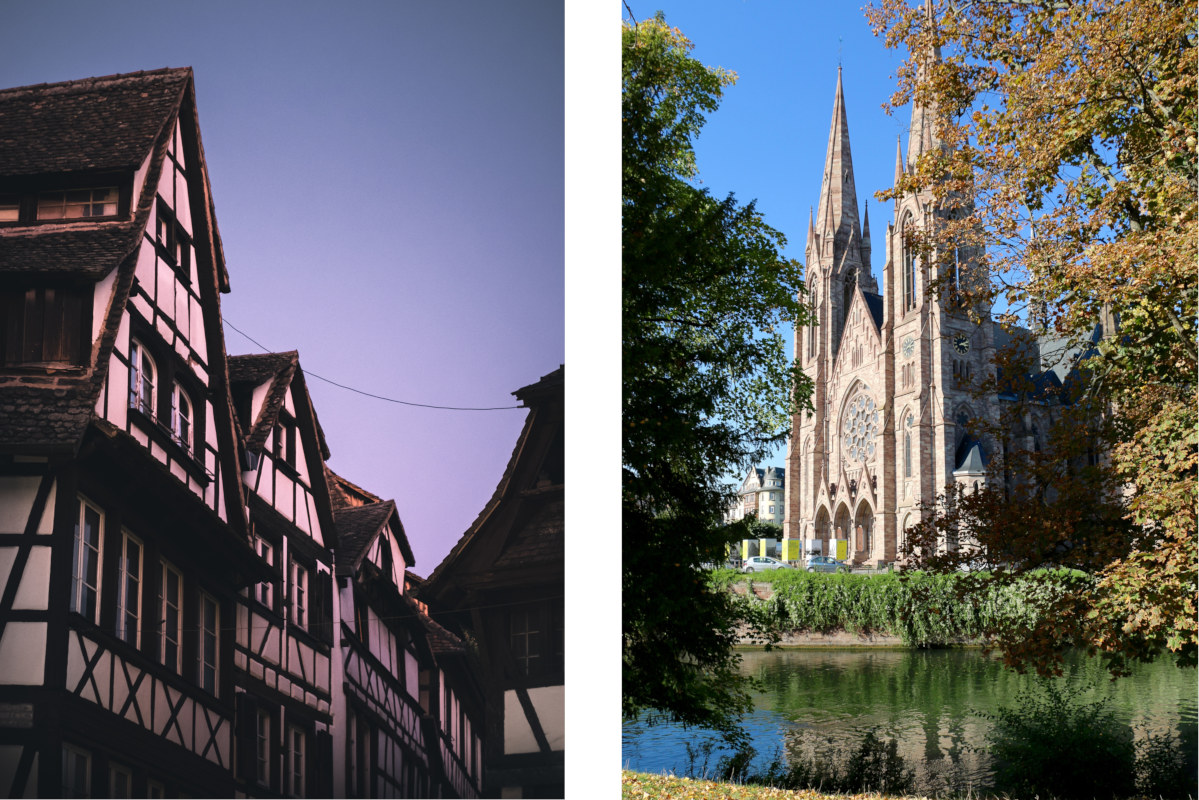
Left to right: Grande Île. Photo © Paul Prim | St Paul’s Church. Photo © Sarah Sergent
Sunday:
Sightseeing, art-spotting
Sundays are certainly a day for taking it slow in Strasbourg. Having breakfast in Neustadt is a great way to explore another historic area, but one with a different feel, brimming with stately 19th-century architecture. It is also one of the greenest areas of Strasbourg, with the Parc du Contades, the Jardin de la Place de la République, and the Botanical Gardens (which are also free of charge). From there, you’re only a tram ride away from the Jardin des Deux Rives, or Garden on Two Shores, a vast expanse of greenery separated by the Rhine but connected by a pedestrian bridge to its sister city, Kehl, symbolising the renewal of friendship and unity between France and Germany.
Back in the centre, you’ll have a slew of museums to choose from: the Contemporary Art Museum offers a rotating programme of special exhibitions as well as a solid permanent collection. The Tomi Ungerer Museum, though it isn’t huge, presents the dreamy work of luminary Alsatian illustrator Tomi Ungerer, and is clearly worth a visit to get an insight into the artist’s head. Those looking for something even more out there than Tomi Ungerer may be interested to read that Strasbourg also hosts a well-furnished Voodoo Museum: set in a former water tower, it gathers over 1,000 artifacts and fetishes from its founders’ travels.
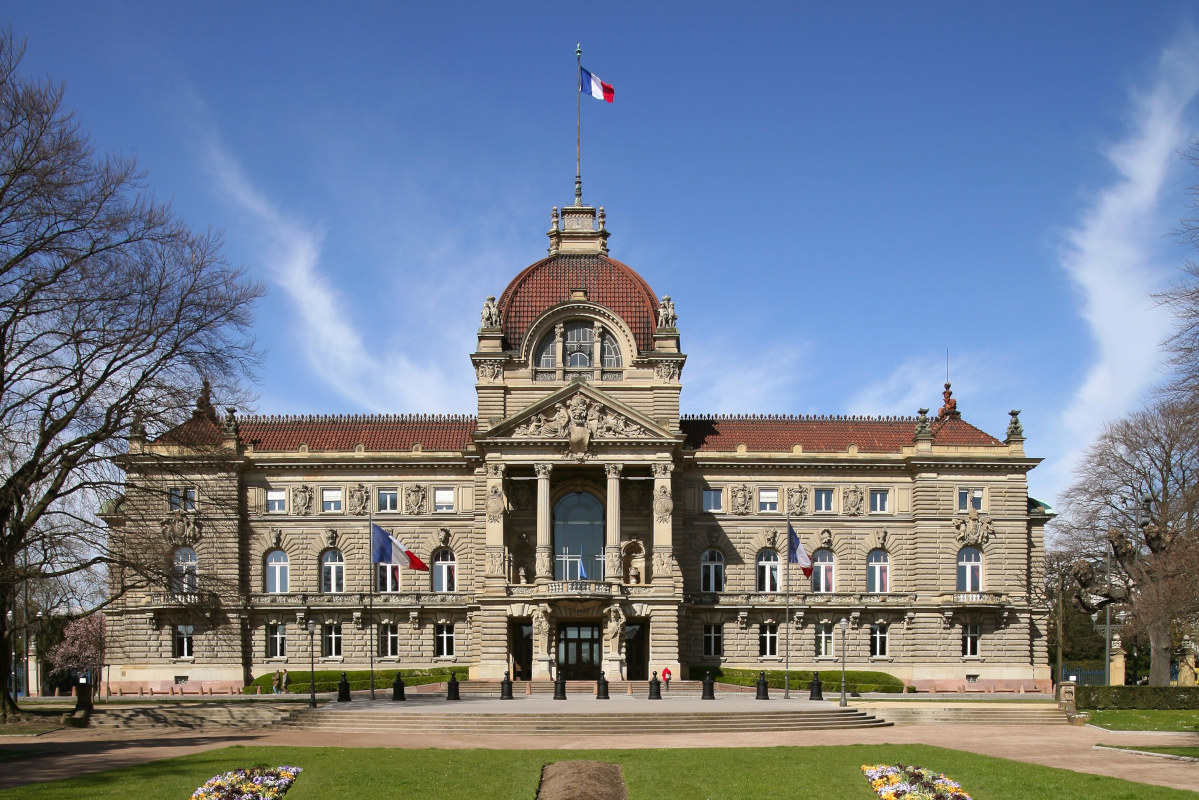
Rhine Palace. Photo © Christophe Hamm
And if you haven’t seen it yet, go see the stupendous gothic cathedral: it’s quite a sight at sunset. In Strasbourg, even the most touristic spot has got something peculiar and unsettling to it: topped by a single tower, it was originally intended to be complemented by another one, but the project was so logistically ambitious that it could never be completed. The lone tower remained without its lost twin, giving the edifice a memorable and asymmetrical feel that befits Strasbourg itself.
Getting there The airport of Strasbourg is located just a few kilometers outside the city, with an eight-minute transit time on the €2.80 shuttle train, although it isn’t connected to many foreign destinations. Another option is to fly to Basel EuroAirport, the region’s foremost centre for international travel, and from which Strasbourg is a two-hour Flixbus journey away. Although it isn’t the easiest to reach by air, Strasbourg is very well-connected to Paris, Lyon and other main French cities through its train network. Getting around The regular and efficient bus and tram service will take you where you need to be reliably and fast. However, the city might just be the perfect size for walking across, if you have the time. A third and appealing option is the possibility of renting a bicycle from the city-managed service Vélhop, conveniently located inside the train station. A time for everything Sunday is a great day for culture, as museums tend to be open while many other places aren’t. Alsace is one of France’s most traditional regions, and has more religious holidays than the rest of the country, so it’s worth checking ahead what will be open and what won’t.
Subscribe to Our Newsletter
Receive our monthly newsletter by email



